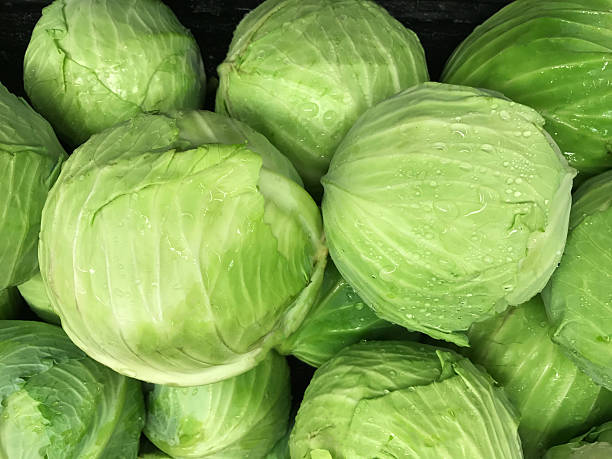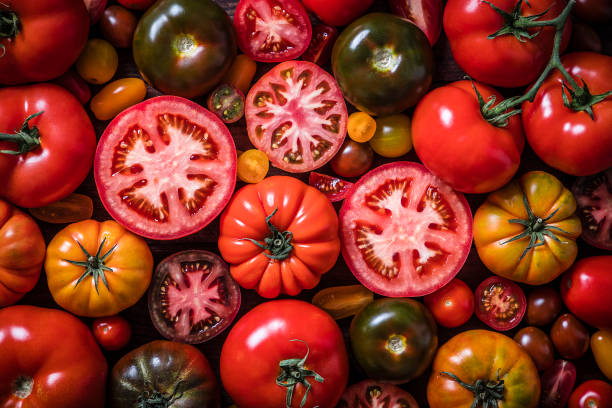Editors- Thomas Becker, Agriculture and Natural Resources Educator, Lorain County and Frank Becker, Agriculture and Natural Resources Educator, Wayne County. Contributions made from team members around the state of Ohio.
Fruit
Pest incidence in orchards has seemingly erupted as we received an abundance of heat unit accumulation and warm winds from the south. Potato leafhoppers have found their way into apple orchards, along with white apple leafhoppers. Both adults and nymphs can currently be found for both of these leafhopper species. White apple leafhopper damage shows up on apple leaves as whitish stippling, which is evidence of feeding via their piercing, sucking mouthparts. Potato leafhoppers feeding on apple leaves typically results in hopper burn with a bronzing of the leave edges and a “v” shaped chlorotic/necrotic region reaching inward toward the mid-vein. If there is not any evident feeding damage evident to determine the species, scouting for adults or nymphs can help differentiate the species. White apple leafhoppers are a very light yellow or pale white color, while the potato leaf hopper adults are a light green color. White apple leafhopper nymphs when startled move in a forward/backward direction. Potato leafhoppers nymphs commonly move in a sideways direction when startled. White apple leafhoppers can overwinter in Ohio while potato leafhoppers have to be blown up into Ohio out of the gulf states. Importantly, a critical time to scout for potato leafhoppers is during and immediately after hay cuttings, typically starting with 2nd cutting hay and each subsequent cutting through late summer. As the hay is harvested, they are flushed out of the fields and can quickly overwhelm and stress young, non-bearing fruit trees.

Wooly apple aphid clusters beginning to show up in apple orchards. F. Becker photo.
Other orchard pests that have been observed include spotted tentiform leaf miner, green apple aphids, wooly apple aphids, and apple sawfly.
Codling moth populations have been steady for quite some time now. Oriental fruit moth catches have shown some moderate activity as well, especially in southern Ohio. For both of these pests, we are at or approaching second generation depending on where you are in the state. Orchard managers should be prepared to scout for apple maggot, stink bugs, mites, and the second generations of oriental fruit moth and codling moth in the coming weeks.
Of note, this is also an opportune time to take an inventory of the beneficial insects present in your orchard. Beneficial natural enemies such as lacewings are currently active in orchards laying eggs and as those eggs hatch, the young of lacewings and lady beetles are prolific feeders on aphids and spider mites. Visual scouting can help to accomplish this observation as can passive approaches (sticky traps, pitfall traps). Another method to observe species that may be present is to use beat sheets to try to catch bugs that fall from shaken tree limbs.

Green lacewing found while scouting apple orchards. F. Becker photo.
Small fruit growers have reported slug damage in strawberries, which is not unexpected in a wet spring. Approved baits may be of interest to growers who are dealing with high levels of slug pressure. Remember, slugs are not insects, so they will not be impacted by insecticide applications. The molluscicides that are available for management of slugs are typically available in the aforementioned bait pellets.
The red raspberry season is just getting underway for some growers, and other brambles won’t be too far behind. As we transition out of strawberry season and into brambles and blueberries, we enter the window of activity for the spotted wing drosophila fruit fly.
Vegetable
One problem that we had confirmed in field vegetables was damping off. Damping off can be caused by several soil-borne pathogens

Symptoms of damping off. T. Becker photo.
including Pythium, Rhizoctonia, Fusarium, and Phytophthora. Plants are most susceptible to damping off as young, tender seedlings. The cool, wet soil conditions that we experienced much of the spring tend to result in slow plant growth. The quicker a seedling grows out of that early seedling growth stage, the less likely it will become infected, but without the right conditions, it remains susceptible. The warming trend we are likely to see in the near future should help move plant development along, and the primary threat of damping off should pass. A common symptom of damping off in seedlings is compromised plant tissue right at the soil line. The stem can look constricted and rotten. This often leads to the death of the plant. Management of this disease can come down to promoting seedling vigor and doing your best to get plants in the field when the conditions are more favorable for plant growth. Moisture management can also be critical as soils that are too wet can be favorable for infection.


Heavy cucumber beetle pressure observed, and photos taken after treatment was applied. F. Becker photos.
As far as insect pests are concerned, this is a busy time of year with a lot to keep your eye on. Massive emergences of cucumber beetles have been reported. Remember, cucumber beetles vector the bacterial wilt disease, and your only chance at effectively limiting the impacts of bacterial wilt is through thorough cucumber management.
Other pests such as flea beetles, imported cabbage worm, Colorado potato beetle, aphids and leafhoppers are also in abundance.
High tunnel growers have reported recent outbreaks of aphids and spider mites, likely spurred on by warm temperatures and dry conditions

Colorado potato beetle larvae feeding on potato leaves. F. Becker photo.
in the tunnels. Keep in mind that when making management decisions, careful consideration should be had when selecting products, not only for approved use in a covered structure, but also for the different species of pests. Insecticides will not control mites, and use may actually result in mite flare ups as the insecticide application kills any predators feeding on the mites. Acaracides or miticides should be used to manage mite populations. Follow up applications may be necessary when dealing with these pests, depending on whether or not the applied products control both eggs and adults, or only one or the other.
General Note:

Cultivating tomatoes was a family affair for this grower. F. Becker photo.
If you suspect herbicide damage on your farm, please contact the Ohio Department of Agriculture as soon as possible after the drift event, either by phone at 614-728-6987 or via the online submission tool at agri.ohio.gov/divisions/plant-health/pesticides/online/use-complaint





































